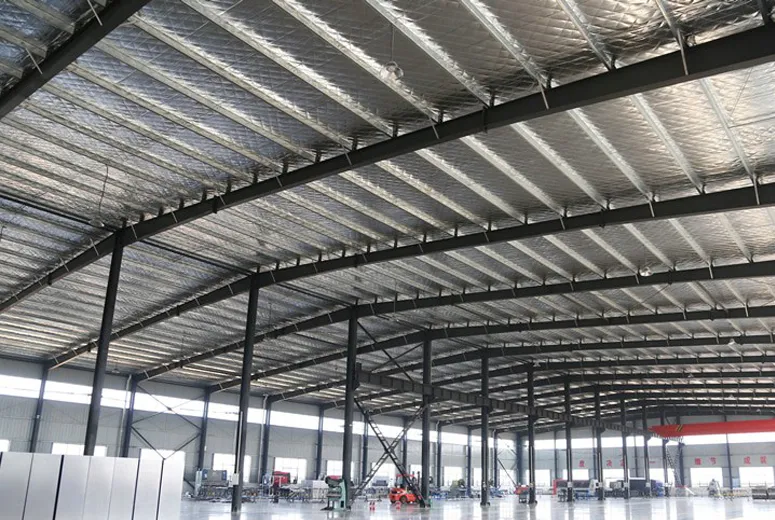- Afrikaans
- Albanian
- Amharic
- Arabic
- Armenian
- Azerbaijani
- Basque
- Belarusian
- Bengali
- Bosnian
- Bulgarian
- Catalan
- Cebuano
- Corsican
- Croatian
- Czech
- Danish
- Dutch
- English
- Esperanto
- Estonian
- Finnish
- French
- Frisian
- Galician
- Georgian
- German
- Greek
- Gujarati
- Haitian Creole
- hausa
- hawaiian
- Hebrew
- Hindi
- Miao
- Hungarian
- Icelandic
- igbo
- Indonesian
- irish
- Italian
- Japanese
- Javanese
- Kannada
- kazakh
- Khmer
- Rwandese
- Korean
- Kurdish
- Kyrgyz
- Lao
- Latin
- Latvian
- Lithuanian
- Luxembourgish
- Macedonian
- Malgashi
- Malay
- Malayalam
- Maltese
- Maori
- Marathi
- Mongolian
- Myanmar
- Nepali
- Norwegian
- Norwegian
- Occitan
- Pashto
- Persian
- Polish
- Portuguese
- Punjabi
- Romanian
- Russian
- Samoan
- Scottish Gaelic
- Serbian
- Sesotho
- Shona
- Sindhi
- Sinhala
- Slovak
- Slovenian
- Somali
- Spanish
- Sundanese
- Swahili
- Swedish
- Tagalog
- Tajik
- Tamil
- Tatar
- Telugu
- Thai
- Turkish
- Turkmen
- Ukrainian
- Urdu
- Uighur
- Uzbek
- Vietnamese
- Welsh
- Bantu
- Yiddish
- Yoruba
- Zulu
ئۆكتەبىر . 30, 2024 16:22 Back to list
The Impact of Steel Buildings on Modern Architecture
In recent decades, the architectural landscape has undergone a significant transformation, with steel buildings emerging as a crucial component of modern design. The versatility, durability, and aesthetic appeal of steel have made it a preferred material for a wide range of structures, from skyscrapers to bridges and residential homes. This article explores the profound impact of steel buildings on contemporary architecture, examining their benefits and addressing some common misconceptions.
One of the primary advantages of steel as a building material is its strength-to-weight ratio. Steel structures can span large distances without the need for excessive support, making them ideal for open spaces and innovative designs. For instance, many cultural and commercial buildings now feature expansive, column-free interiors that enhance usability and flexibility. Architects can push the boundaries of creativity, crafting iconic silhouettes that define city skylines around the world.
The Impact of Steel Buildings on Modern Architecture
Environmental sustainability is another critical aspect of steel buildings. Steel is 100% recyclable, meaning that structures can be dismantled and repurposed without significant waste. As the construction industry faces increasing pressure to reduce its carbon footprint, steel's recyclability offers a compelling advantage. Moreover, many steel manufacturers are adopting green practices, employing renewable energy sources, and utilizing eco-friendly production technologies to lessen their environmental impact.
impact steel buildings

Despite the numerous benefits, some critics argue that steel structures may lack warmth and character compared to other materials like wood or brick. However, advancements in design and construction techniques have allowed architects to incorporate various textures and finishes into steel buildings. The integration of glass, stone, and wood elements can create inviting atmospheres, softening the industrial feel often associated with steel.
Additionally, the use of steel in retrofitting and renovating existing structures has paved the way for modern sustainability efforts. For instance, historic buildings can be reinforced with steel frameworks that maintain their aesthetic integrity while enhancing structural performance. This not only preserves architectural heritage but also allows for the adaptation of older buildings to meet modern usage requirements.
Safety is a key concern in any construction project, and steel buildings have demonstrated exceptional resilience in extreme weather conditions, including hurricanes and earthquakes. Their inherent tensile strength and ductility make them less likely to collapse under stress, providing a safe refuge during emergencies.
In conclusion, the impact of steel buildings on modern architecture is undeniable. Their unique combination of strength, rapid construction capabilities, and sustainability aligns perfectly with the demands of contemporary urban environments. As architects and builders continue to explore innovative designs and sustainable practices, steel will undoubtedly play a pivotal role in shaping the future of architecture. Embracing steel not only enhances the physical landscape but also promotes a more sustainable and resilient built environment for generations to come.
-
Cold Formed Steel Residential Framing
NewsMay.21,2025
-
Innovative Steel Structure Building Solutions
NewsMay.19,2025
-
Innovative Prefab Metal Shed Solutions
NewsMay.19,2025
-
Durable Steel Horse Shelter Solutions
NewsMay.19,2025
-
Durable Metal Shed Solutions
NewsMay.19,2025
-
Durable Big Metal Shed Solutions
NewsMay.19,2025
Products categories
Our Latest News
We have a professional design team and an excellent production and construction team.












